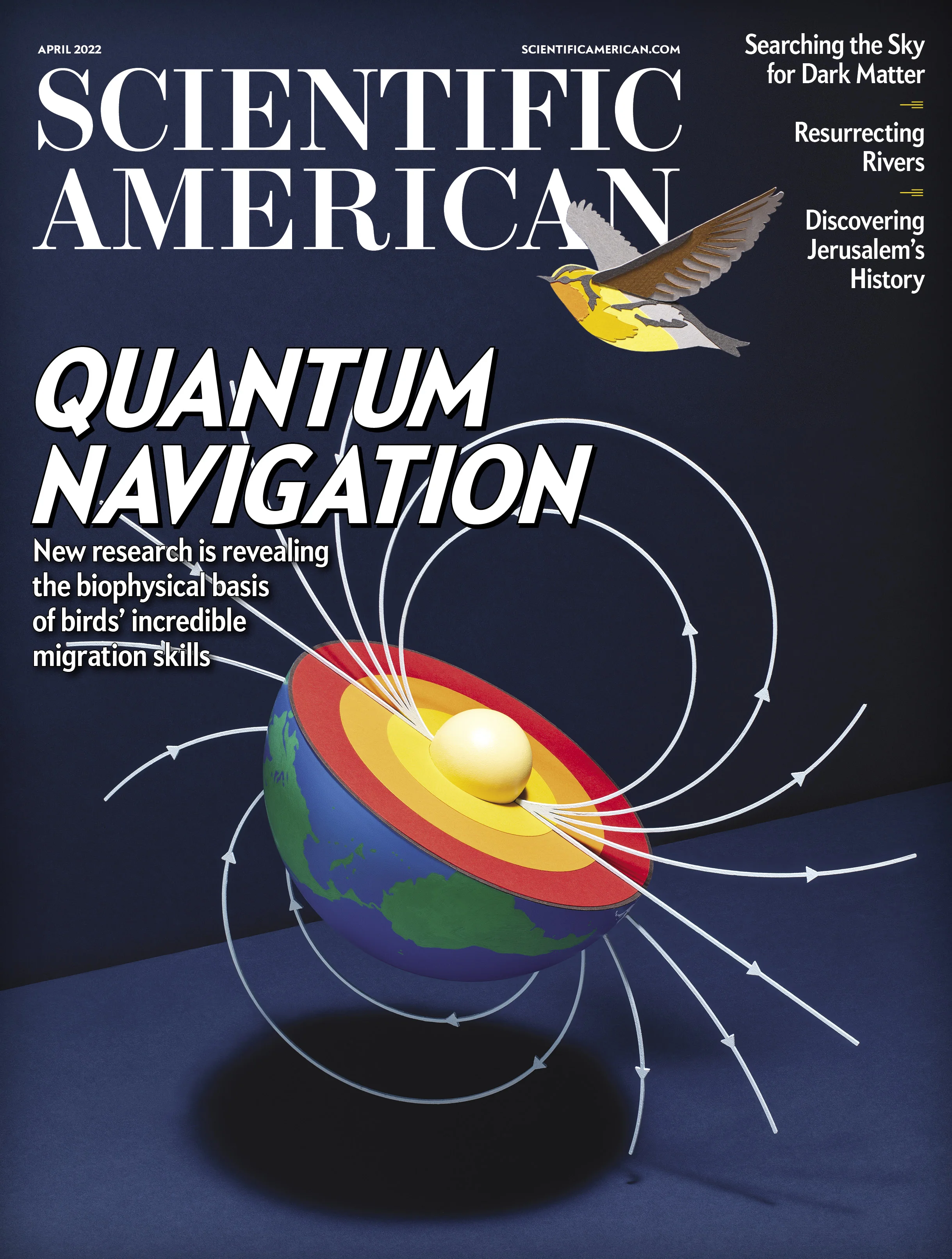Bird Migration: Navigating the Globe
Bird migration is one of nature's most fascinating and complex phenomena. Every year, billions of birds embark on long journeys, traversing continents and oceans, navigating with astonishing precision. These migrations, often covering thousands of miles, are driven by the need to find food, breed, and avoid harsh weather conditions. This article delves into the incredible world of bird migration, exploring the mechanisms behind it, the challenges birds face, and the scientific advancements helping us understand this extraordinary natural event.
The Journey Begins: Why Birds Migrate
Birds migrate primarily for survival. Seasonal changes in temperature and food availability drive this need. In temperate regions, winters can be harsh, with scarce food resources. Birds migrate to warmer areas where food is abundant and conditions are favorable for breeding. For example, many species breeding in the northern hemisphere during the summer migrate to the tropics or the southern hemisphere to escape the cold winters.
Navigation: The Art of Finding the Way
One of the most remarkable aspects of bird migration is their ability to navigate over vast distances with unerring accuracy. Birds use a combination of navigational tools:
-
Celestial Cues: Birds can navigate using the sun during the day and the stars at night. They have an innate ability to interpret the position of celestial bodies to determine their direction.
-
Magnetic Field: Birds are believed to have a magnetic sense, allowing them to detect Earth's magnetic field and use it as a compass.
-
Landmarks: Visual landmarks such as rivers, mountains, and coastlines help birds orient themselves during migration.
-
Olfactory Cues: Recent studies suggest that some birds may use their sense of smell to navigate, particularly over long distances.
The Challenges of Migration
Migration is fraught with peril. Birds face numerous challenges, including:
-
Weather: Storms, high winds, and extreme temperatures can impede migration and lead to exhaustion or death.
-
Predation: Migrating birds are vulnerable to predators at stopover sites and along their routes.
-
Habitat Loss: Urbanization, deforestation, and wetland drainage reduce the availability of critical stopover sites where birds rest and refuel.
-
Human Activity: Collisions with buildings, power lines, and wind turbines, as well as hunting, pose significant threats.
Scientific Insights: Tracking and Studying Migration
Advancements in technology have revolutionized the study of bird migration. Satellite telemetry, GPS tracking, and geolocators allow scientists to track birds' movements with unprecedented accuracy. These tools provide valuable data on migration routes, stopover sites, and the timing of migrations.
For example, the bar-tailed godwit is known for its non-stop flight from Alaska to New Zealand, a journey of over 7,000 miles. Tracking studies have revealed the incredible endurance and navigational skills required for such feats.
Conservation Efforts
Understanding migration patterns is crucial for conservation. Protecting key habitats along migration routes, known as flyways, is essential. International cooperation is needed, as migratory birds cross multiple countries and continents. Conservation initiatives focus on preserving wetlands, forests, and other critical habitats, as well as mitigating the impacts of climate change and human activities.
Conclusion
Bird migration is a testament to the resilience and adaptability of avian species. As we continue to unravel the mysteries of their journeys, it becomes increasingly clear that protecting migratory birds and their habitats is vital for maintaining biodiversity and the health of our planet. The awe-inspiring migrations of birds remind us of the interconnectedness of ecosystems and the importance of global conservation efforts.

